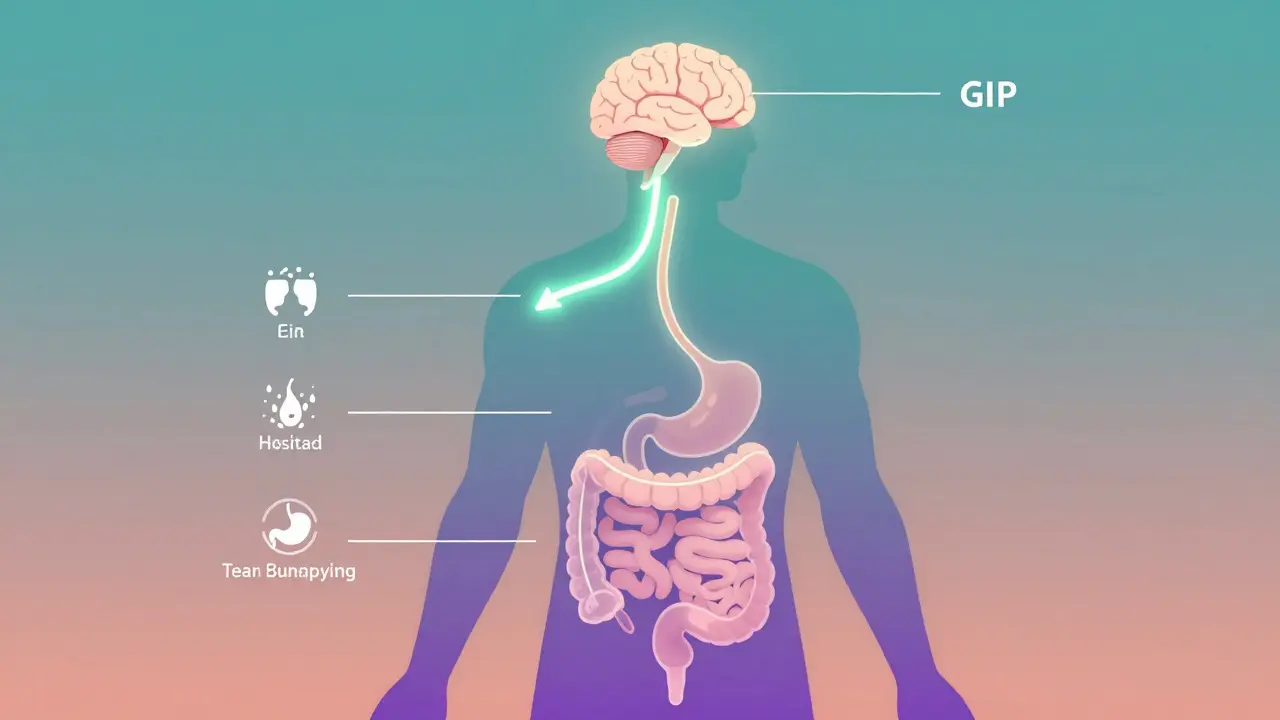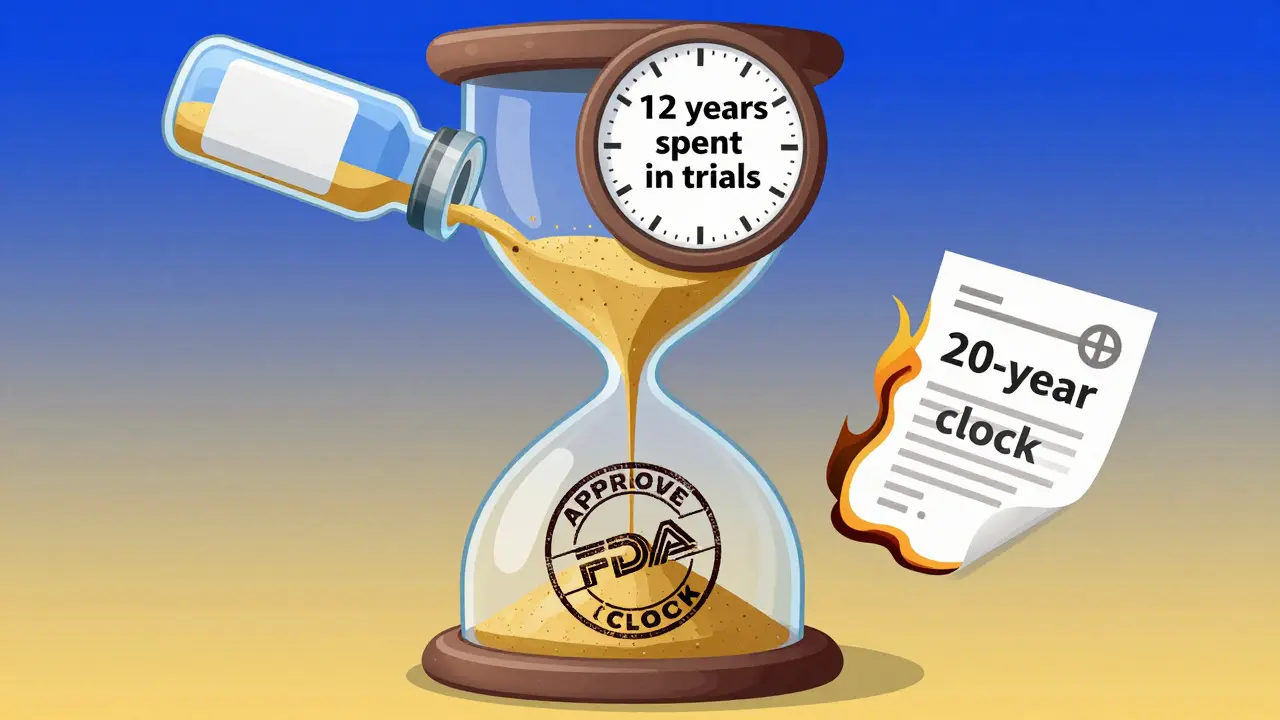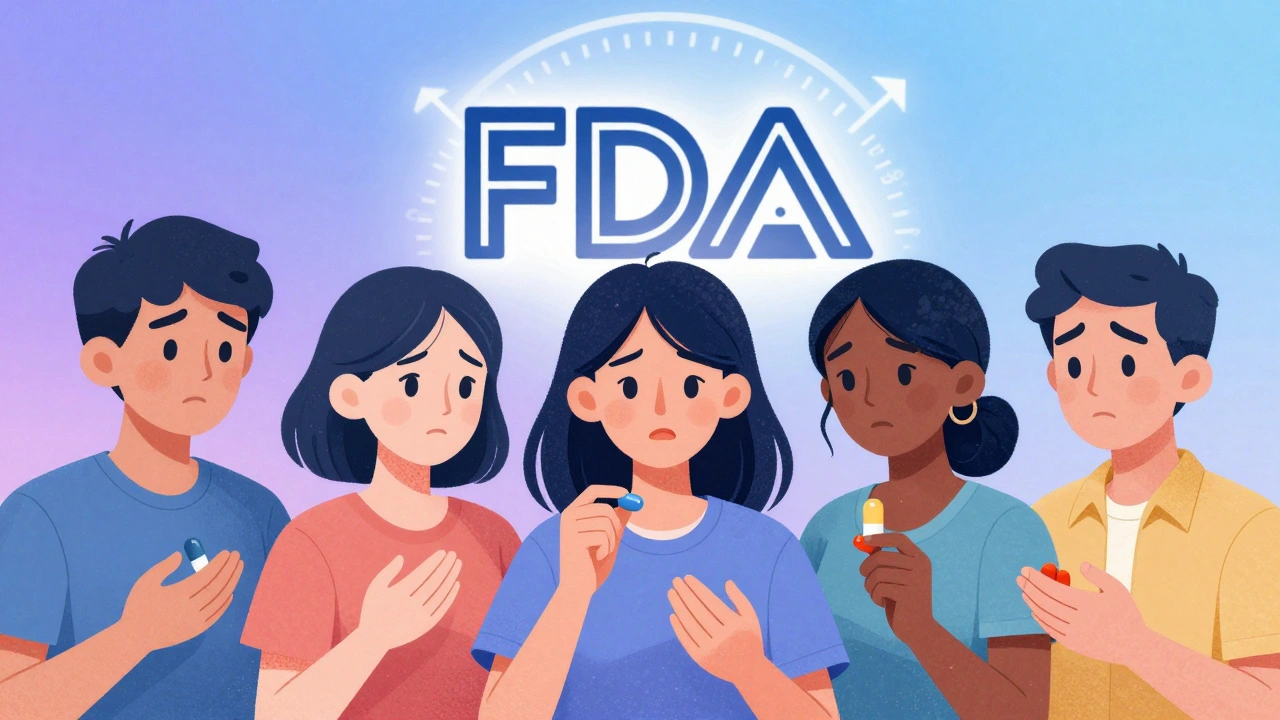Fluoxetine alternatives: what works and what to expect
If fluoxetine (Prozac) isn’t cutting it — or its side effects bother you — there are clear alternatives that often work just as well. Below I’ll walk through common choices, how they differ, and simple steps to pick the best one with your doctor.
Common medication alternatives
Start with these drug classes and examples so you know what your prescriber means when they suggest a switch:
- Other SSRIs: sertraline (Zoloft), escitalopram (Lexapro), paroxetine, citalopram. They treat depression, anxiety, and OCD like fluoxetine but differ in side effects and dosing.
- SNRIs: venlafaxine (Effexor), duloxetine (Cymbalta). Often used for depression with pain symptoms. Venlafaxine can raise blood pressure at higher doses, so monitoring matters.
- Bupropion: a non-SSRI that usually causes less sexual dysfunction and may boost energy. Not good if you have a seizure disorder or bulimia—higher seizure risk.
- Mirtazapine: helps sleep and appetite but often increases weight. Useful if insomnia or poor appetite are problems.
- Trazodone: low-dose option many doctors use mainly for sleep rather than depression alone.
Each drug has trade-offs. For example, bupropion avoids sexual side effects but carries seizure risk; SNRIs can help pain but might raise blood pressure.
How to choose and switch safely
Pick a new medication based on the symptoms you want to target and the side effects you can tolerate. Ask yourself: are sleep problems worse than low energy? Is sexual side effect a deal-breaker? Those answers point to different drugs.
If you take other medications, check for interactions. St. John’s wort can interfere with many antidepressants. Also note fluoxetine has a long half-life — it stays in your body for weeks. That matters when switching to MAO inhibitors: a five-week washout is usually needed after fluoxetine to avoid serious interactions. For most other switches your doctor will either taper fluoxetine or start the new drug with careful monitoring.
Practical tips: start low and go slow, track symptoms and side effects in a notebook or app, and schedule a follow-up within 2–6 weeks after a change. Also consider non-drug options like cognitive behavioral therapy, regular exercise, improved sleep, and limiting alcohol; these often boost medication results.
If cost or access is an issue, ask your pharmacist about generics and patient assistance programs. Above all, talk openly with your prescriber about past meds that worked or caused trouble — that history is the fastest route to the right choice for you.






